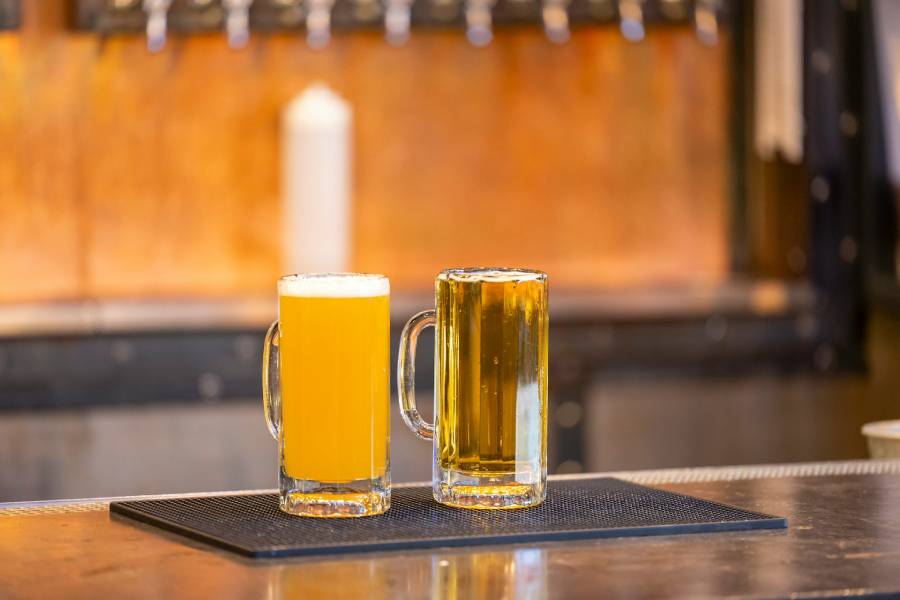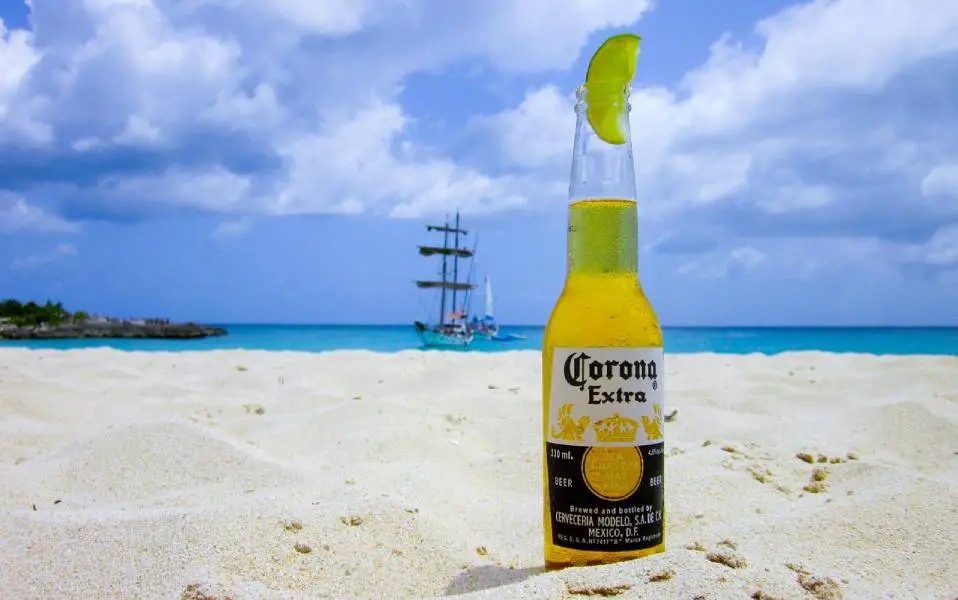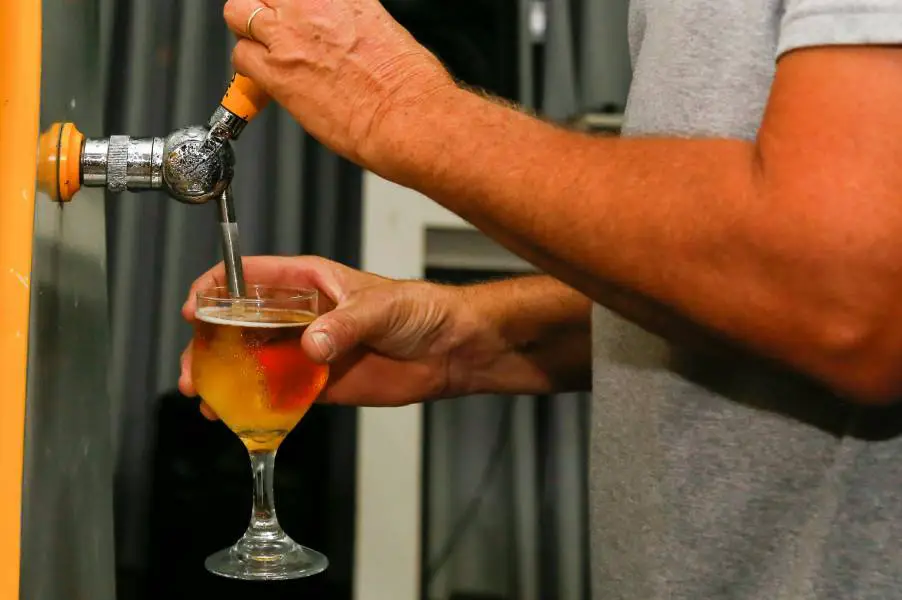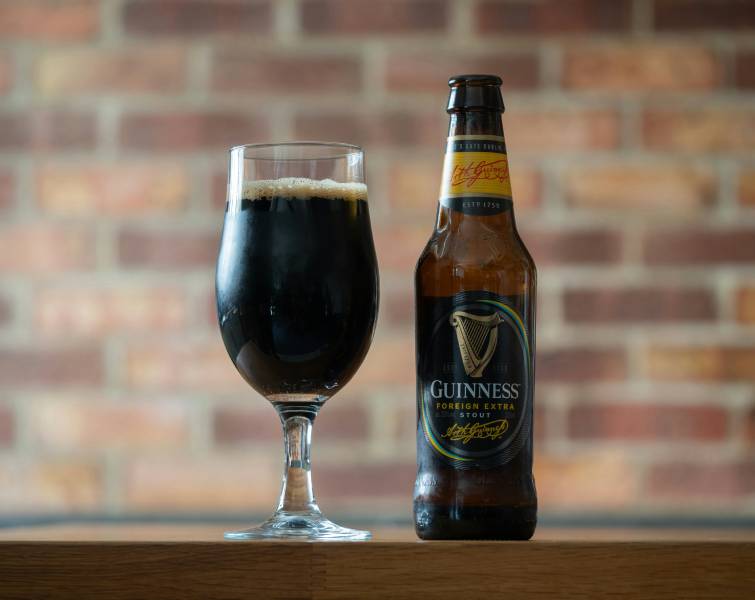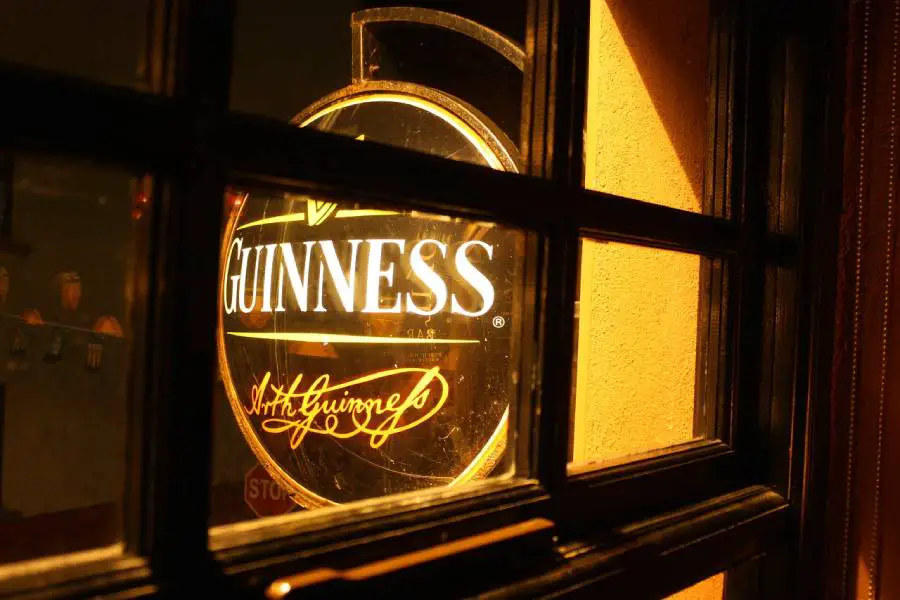Preventing beer contamination is key to maintaining quality and flavor during brewing. Contaminants like wild yeast or bacteria can spoil the taste and lead to off-flavors. Proper sanitation, careful handling, and clean equipment are vital steps. Understanding how to prevent beer contamination keeps every batch fresh and enjoyable.
How to Prevent Beer Contamination
The easiest way to prevent beer contamination is to clean and sanitize beer equipment using food-grade cleaning agents. These cleaning agents remove bacteria and unwanted microbes that can spoil the batch. Dirty equipment introduces off-flavors and can even ruin fermentation. Properly cleaned tools result in better-tasting beer. Clean equipment also extends the life of brewing gear.
You should also avoid using cold malt, as it can trap moisture and lead to off-flavors. Keep hops sealed and away from oxygen to prevent oxidation, which affects aroma and bitterness. Fresh, properly stored hops lead to a more balanced and aromatic beer.
Using high-quality ingredients in good condition is also crucial for brewing success. Inspect malt for signs of mold or staleness before use. Keep hops in a vacuum-sealed bag or freezer to maintain freshness. Always check the yeast’s expiration date and vitality to promote a clean, efficient fermentation process.
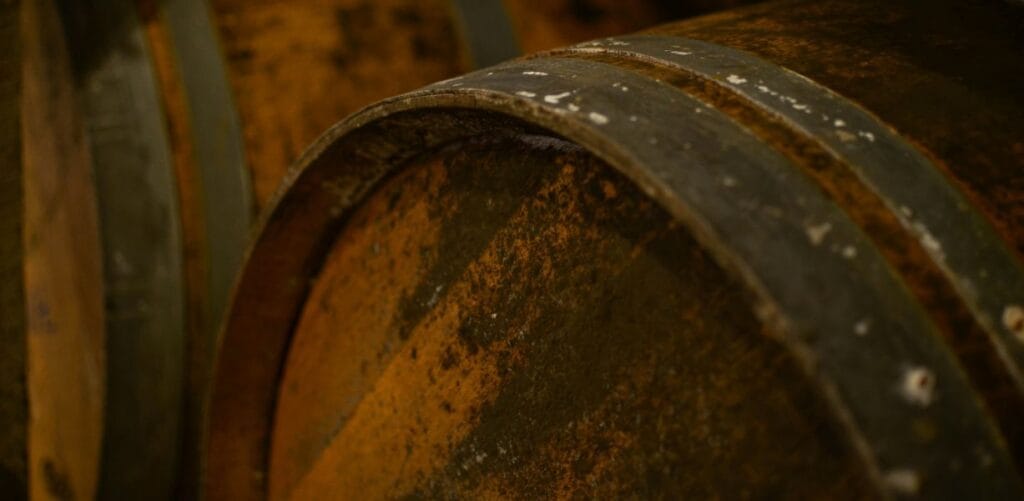
Common Contaminants in Beer
Contaminants in beer can lead to off-flavors and spoilage, impacting the taste and quality. Understanding the most common culprits helps you protect beer from unwanted bacteria. Here are some beer contaminants and how to avoid them:
- Wild Yeast: The wild yeast can contaminate the beer via airborne exposures, introducing bacteria. Always use a dedicated yeast strain and maintain a controlled fermentation environment.
- Oxygen: Oxygen contaminates beer by causing oxidation reactions, leading to off-flavors or staleness. To prevent this, minimize splashing during transfers and use air-tight fermentation vessels. Also, purge containers with CO2.
- Bacteria: This is the most common contaminating agent. Bacteria in beer can introduce undesirable flavors, spoilage, and off-putting aromas. Use effective cleaning agents and sanitizers to clean your equipment. Some good sanitizers include PBW (Powdered Brewery Wash), San Star, or Iodophor.
- Dirty Equipment: Dirty equipment introduces unwanted microorganisms into beer, causing contamination. The most common equipment contaminating beer includes fermenters, hoses, and kegging apparatus. Ensure proper cleaning and sanitation to prevent off-flavors and spoilage.
- Contaminated Water: Contaminated water can impart off-flavors to beer. Ideal brewing water is low in minerals, chlorine-free, and sparkling clean. Make sure you have clean, filtered water that meets brewing standards.
- Improper pH Levels: Improper pH levels in brewing water can affect enzyme activity. It also hinders yeast performance, leading to off-flavors. An ideal PH level should be 5.2–5.6. Maintaining the right pH is important for achieving beer’s desired flavors and quality.
- Poor Ingredient Quality: Stale malt, old hops, or contaminated yeast can introduce undesirable flavors and aromas. Remember to source fresh and high-quality ingredients and ensure proper storage conditions.
- Metallic Equipment: Some metallic equipment can leach unwanted metallic flavors into the beer. This may result in off-tastes, compromising the quality and taste. Avoid using reactive metals in brewing equipment. Opt for stainless steel or other non-reactive materials.

How to Clean and Sanitize Brewing Equipment
Cleaning and sanitizing brewing equipment is key to preventing contamination and maintaining the quality of your beer. Following the right steps keeps harmful bacteria and wild yeast from ruining your brew.
Step 1: Get a Recommended Cleaning Agent
Choose a food-safe cleaning agent designed for brewing equipment. Using the right cleaner breaks down organic residues and grime left behind during brewing. Look for options that are effective without damaging your tools.
Check for non-toxic, biodegradable cleaners that won’t leave harmful chemicals behind. Avoid harsh household cleaners, as they can cause unwanted chemical reactions in your beer. Brewing-specific cleaners are designed to tackle stubborn residues.
Step 2: Measure and Mix the Cleaning Solution
Follow the recommended dilution instructions on your cleaning agent. Over-concentrating can damage equipment, while under-concentrating reduces effectiveness. Accurately mixing ensures the right balance for proper cleaning.
Use warm water when mixing the solution for better results. Warmer temperatures help break down stubborn proteins, yeast residue, and other brewing byproducts. Stir well to distribute the cleaner evenly throughout the water.
Step 3: Soak the Equipment
Allow your equipment to soak in the cleaning solution for the recommended time. Soaking loosens tough residues like yeast, hop particles, and sugars that may have built up.
Make sure all parts are fully submerged to clean every surface. Soaking time varies, so follow the cleaner’s instructions for optimal results. It’s especially helpful for intricate parts like tubing and spouts.
Step 4: Scrub and Rinse
After soaking, scrub each piece thoroughly with a soft brush to remove remaining residues. Focus on areas where dirt tends to accumulate, such as corners and joints.
Rinse everything well with clean water to remove any lingering residue.
Step 5: Sanitize With a Food-Grade Sanitizer
Sanitizing is a final defense against microorganisms that could spoil your beer. Use a food-grade sanitizer specifically made for brewing, which kills bacteria without leaving a chemical residue.
Spray or soak all equipment in the sanitizer. Follow instructions carefully for contact time, and let your gear air dry in a clean space. Sanitizing keeps your equipment free of harmful microbes, ensuring cleaner brews.
How Do You Know if Beer Is Contaminated?
It’s important you understand the signs of a contaminated beer to make adjustments where necessary. Here are some of the notable signs of a contaminated beer:
- Lingering, unpleasant flavors that persist after swallowing.
- Poor head retention or strange foam characteristics.
- Texture issues like excessive astringency or oiliness.
- Pellicle formation (thin film) on the surface is a common sign of bacterial contamination.
- Aromas of rot, skunkiness, or other unusual smells. This occurs when beer is exposed to UV lights.
- Unpleasant tastes like metallic, sour, or cardboard notes.
- Presence of abnormal particles or debris in the beer.
- Lack of clarity even after adding fining agents.

Cleaning Agents Homebrewers Use to Clean Beer Equipment
Not all detergents and sanitizers are ideal for cleaning beer equipment. Some may not be effective, while others may introduce unwanted flavors due to their scent. Here are some of the cleaning and sanitizing agents and how to apply them:
- PBW (Powdered Brewery Wash): Dissolve in warm water, soak equipment, and scrub as needed. Rinse thoroughly.
- Star San: Dilute with water as directed, immerse or spray surfaces, and let them air dry. No rinsing is required if the solution is well diluted.
- OxiClean: Mix with warm water, soak equipment, and scrub. Rinse thoroughly to remove residue.
- Idophor: Dilute with water, immerse or spray equipment, and allow sufficient contact time. Rinse if desired, as it won’t affect the taste.
- SaniClean: Similar to Idophor, it is a no-rinse sanitizer. Follow instructions for dilution, apply, and let it air dry.
- Bleach: Dilute bleach with water, soak equipment and rinse afterward. Ensure no residue remains to avoid off-flavors.
- Caustic Soda (Sodium Hydroxide): Suitable for heavy-duty cleaning. Handle with care and follow safety guidelines. Always rinse equipment thoroughly after use to neutralize residues.
Frequently Asked Questions
Can Contaminated Beer Make You Sick?
Contaminated beer can potentially make you sick, as harmful microorganisms may thrive in the brew. Bacterial contamination can lead to health issues, such as stomach aches. Ensure proper brewing hygiene and sanitation to safeguard your beer from harmful pathogens.
Can Plastic Container Contaminate My Beer?
Yes, plastic containers can contaminate beer if they are made from low-quality materials. Most plastics are made of compounds called plasticizers, which may leach out during the beer-making process. This may introduce undesirable flavors, odors, or even leach harmful substances into the beer.
What Is the Best Bottle to Store Beer In?
The best bottle to store beer is dark glass, like brown or green. This helps protect beer against light exposure that can lead to skunky flavors. Crown-cap closure ensures a good seal. Choose bottles without scratches, and ensure thorough cleaning and sanitization.
Conclusion
In the journey of brewing, cleanliness is key. From stainless steel gear to top-notch ingredients, every step matters. Prioritize sanitation, use quality materials, and savor the joy of contamination-free brewing. Cheers to the crisp, pure taste of a well-protected brew.



